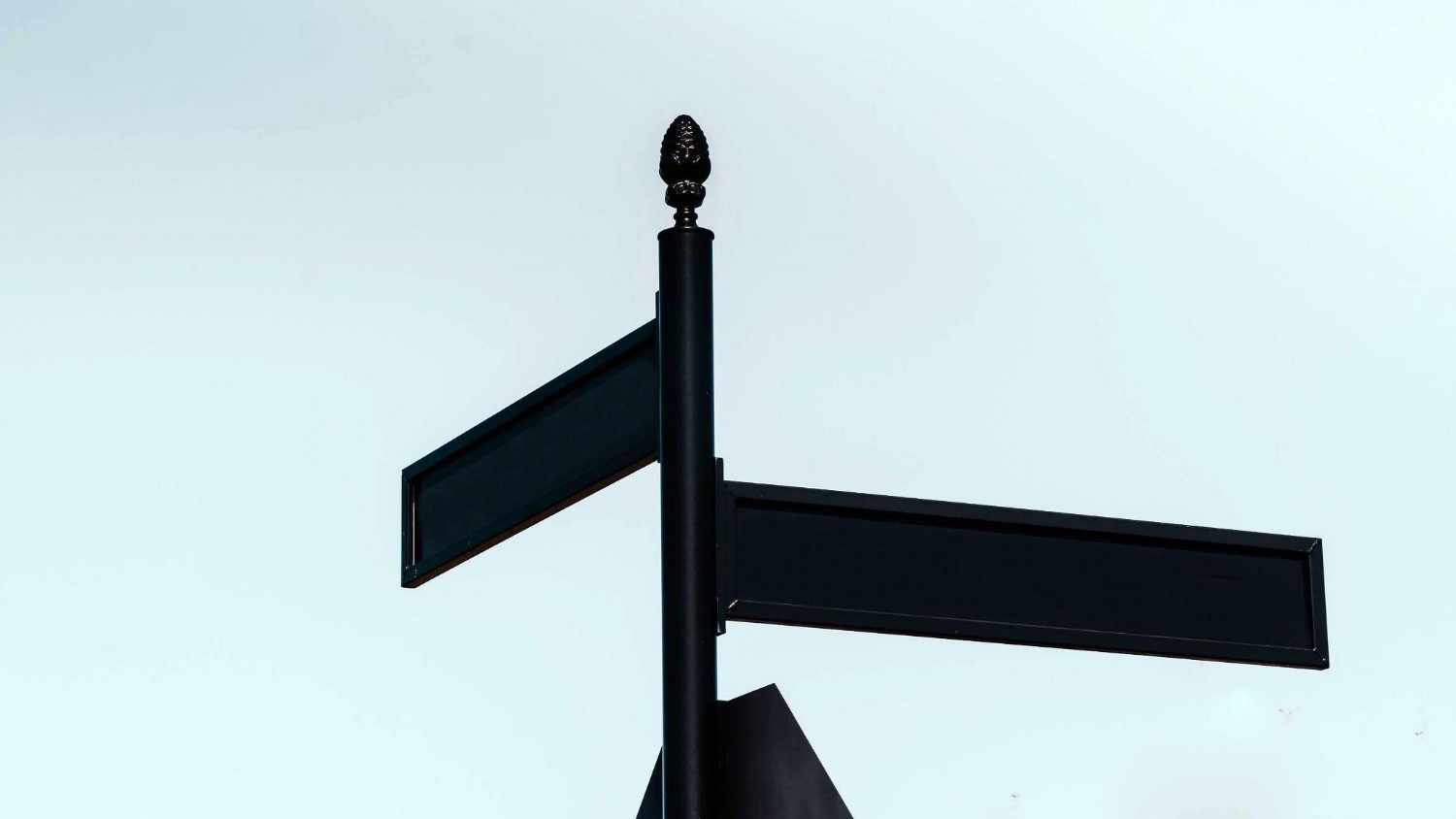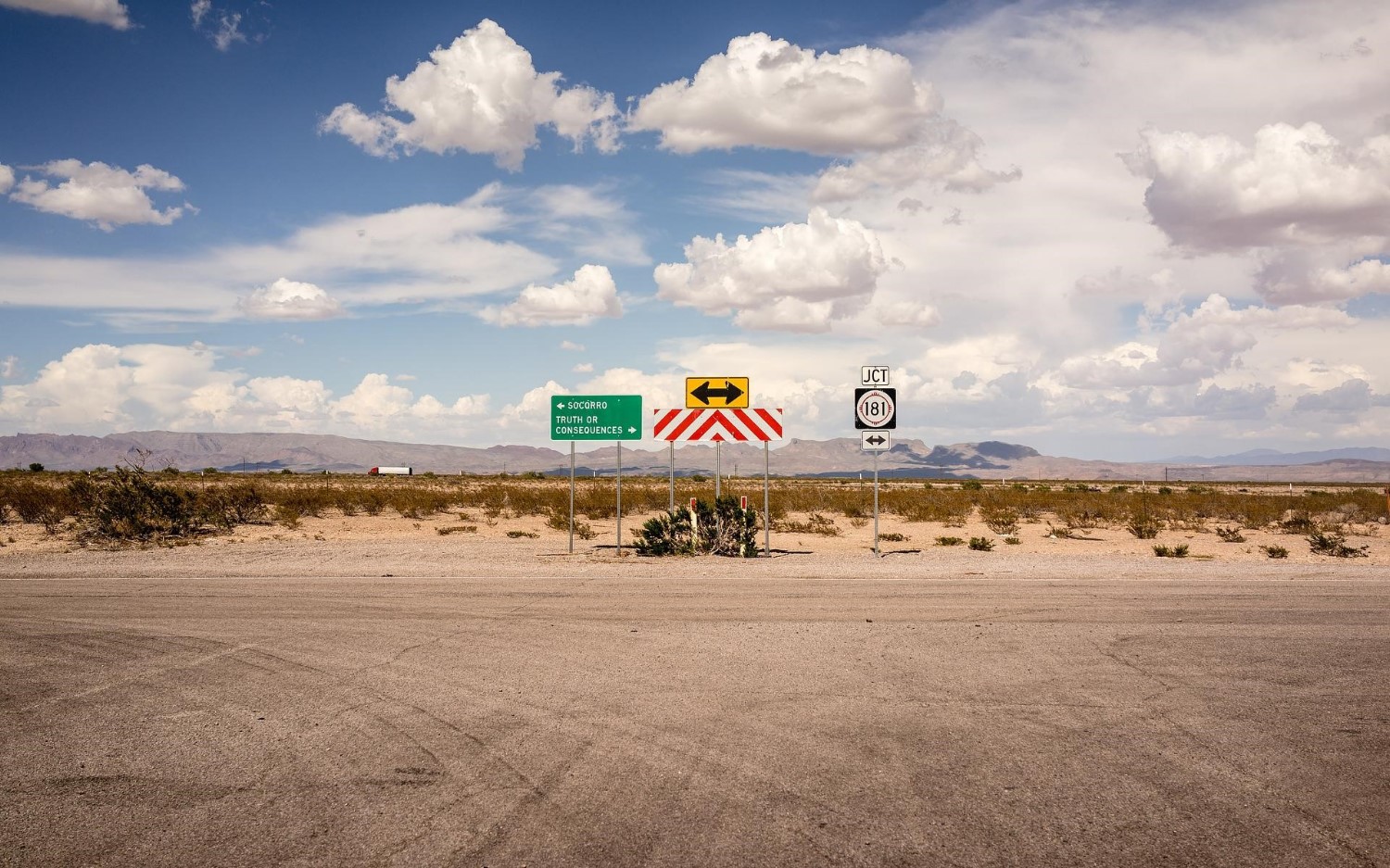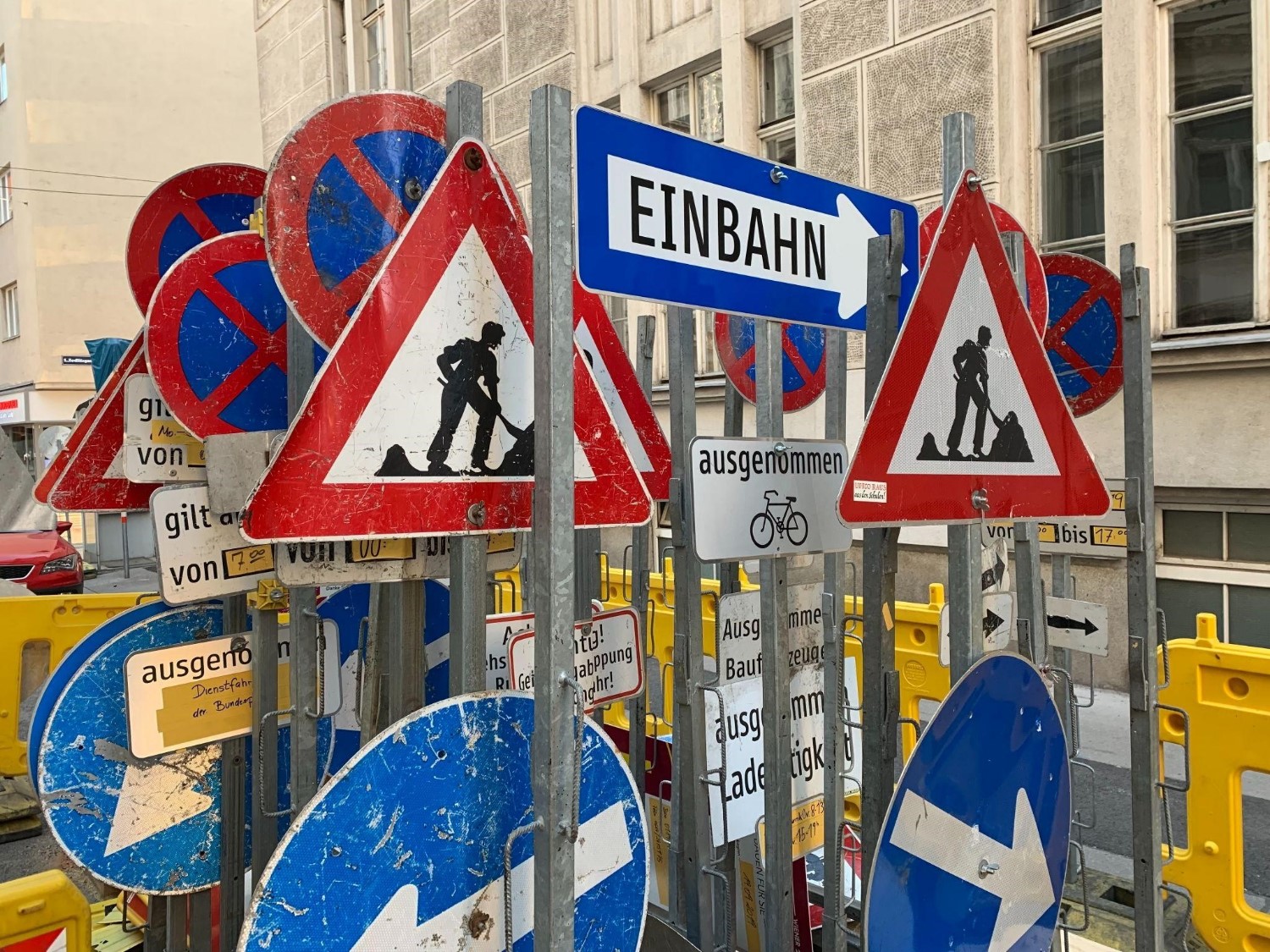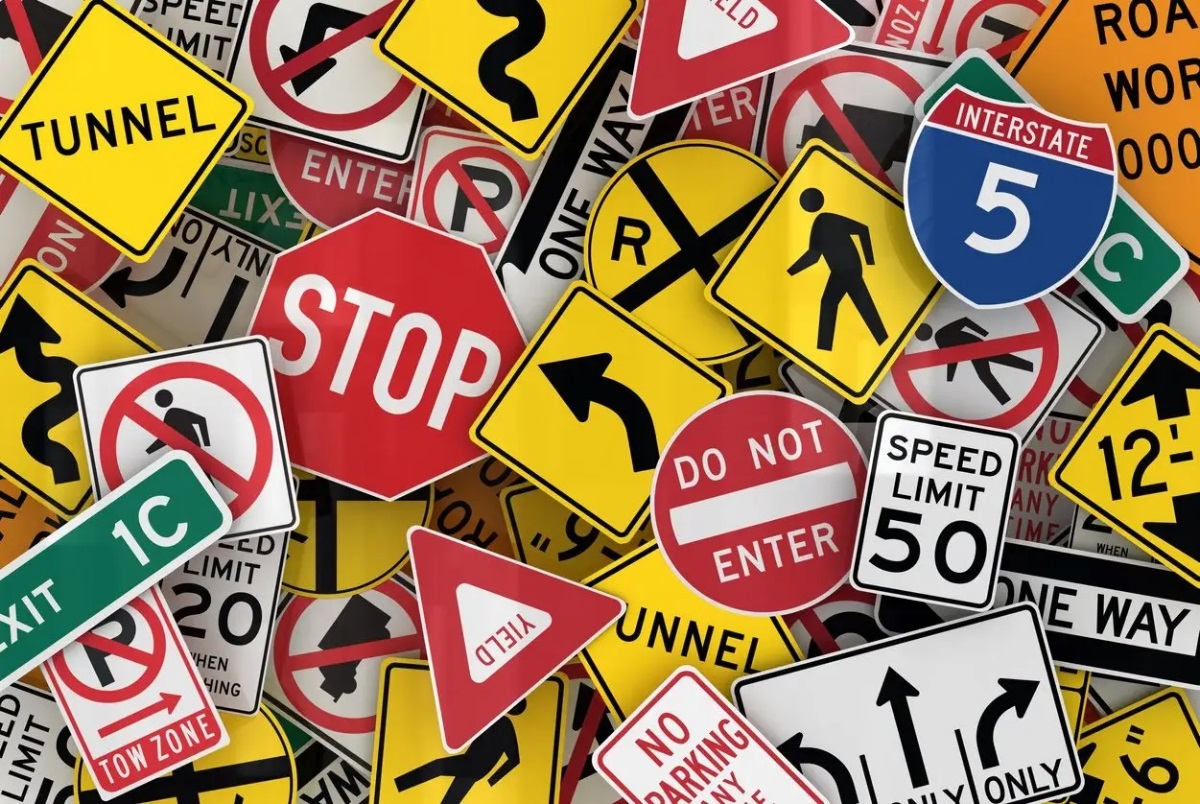Automotive: The Production Process Behind Modern-Day Street Signs
Road signs at the beginning were simple, made of stone or wood. They were positioned by the sides of the roads, exactly like they are today, to provide information or directions to drivers. Later, multi-directional signs at junctions started to be used often in the Middle Ages to provide directions to towns. These signs have since evolved into pictorial signs, which use symbols in place of words. The majority of nations have embraced the modern indicators, which were initially created in Europe.

In the late 1800s, as high bicycles were widely used, the first modern road indicators were created. Cycling organizations started installing new types of indicators that informed their riders of potential hazards because these bicycles were challenging to handle. Automobile growth necessitated ever more intricate signage systems for efficiency and safety.
As signs’ designs evolved, so did the materials and techniques used to make them, moving from pre-industrial street sign materials to smelting iron. However, nowadays, it’s all a bit different with modern street signs and methods. So, if you’re interested to know how to make a street sign, let’s take a look at all of the details below in this article.
Materials To Make A Street Sign
With various types of reflective sheets and differing degrees of retro-reflectivity, today’s signs are built to last for many years. To make a sign visible at night, retroreflective sheeting is used. It works by reflecting some of the light from a car’s headlights back to the driver. The Manual of Uniform Traffic Control Devices (MUTCD), which has received government approval, specifies sign dimensions, and the use of symbols, and mandates the illumination of all placards.

Street placards typically have three parts: a blank, a background sheet, and the sign text. The framework of the placard is typically made of steel, plywood, or aluminum blanks. The least expensive option is plywood, which is also the most vulnerable to weather damage. The most expensive and non-rusting material is aluminum, but because of its small weight, it needs to be strengthened by metal braces along the back. Steel is significantly more cost-effective because it is strong and does not require reinforcing, and rusting may be avoided by coating the steel blank with zinc.
Retroreflective sheeting is used to create the sign copy’s background, lettering, and symbols. Tiny glass beads placed in a thin layer of stretchable plastic make up this sheeting, which allows headlights from passing cars to reflect off the indicator and return to the driver. The sign will reflect colored light if the sheeting has been stained with a pigment. For instance, a stop sign can be created by adding red dye to the sheeting mixture while it is still liquid. To ensure compliance, project-state papers and requirements need to always be double-checked.
The Street Sign-Making Process
Depending on whether the retroreflective sheet uses a heat-sensitive or pressure-sensitive adhesive, the manufacture of indicators can involve a variety of different methods. The employment of additional coloring techniques, such as etching or silk-screening, is something else to take into account. However, the majority of street signs will typically go through the production process employing heat-sensitive adhesives.
Cutting The Blank
Using a band saw or a metal shear machine, the sign blank is cut from a sheet of aluminum or steel. The edges are rounded, and mounting holes are drilled or punched.
Checking And Cleaning The Blank
Blanks must be flawless and free from contamination or dirt. The blank surface is cleaned with mineral spirits or naphtha, quickly dried with a clean, lint-free cloth, and then de-greased by immersion in either an alkaline solution bath or a chemical bath.
Applying The Sheet
The sign is run through a sizable squeeze-roller application device to remove air bubbles after the sheet has been put on the dry blank surface. Then, the edges are clipped.
Heating The Sign
Before the sign copy and border are applied, the placard is put in a heat lamp vacuum application device for one minute, removed, and then allowed to cool. The sign is then covered with a plastic slip sheeting and put in the heat lamp vacuum application device for one more minute after the bubbles have been once more squeezed out.
The Right Sheeting Type
The choice of the sheeting will have a significant impact on the efficacy of the street sign. For instance, brighter sheeting is more visible from a distance and will stand out more closely. A brighter sheeting is also necessary for older drivers. Additionally, engineer grade sheeting is a fantastic option for handicaps while the diamond grade is mostly used for stop and highway signs.

Final Thoughts
Street signs are a necessary part of life. They guide us and keep us safe, allowing us to travel from place to place without getting lost or making mistakes. So, you should be familiar with their creation and use regulations. Hopefully, this guide has been helpful enough to help you acknowledge everything about them.
